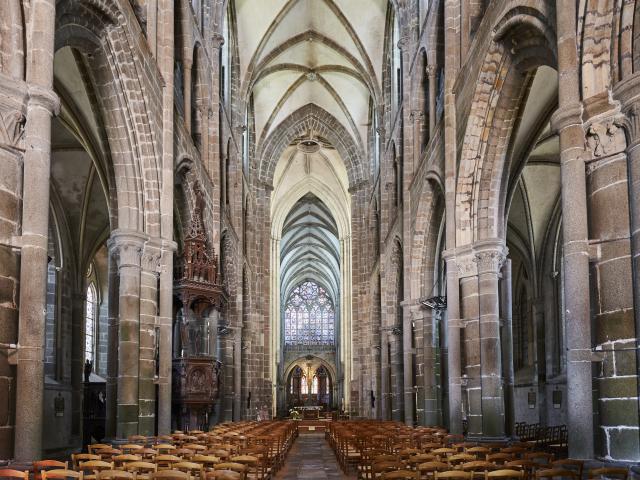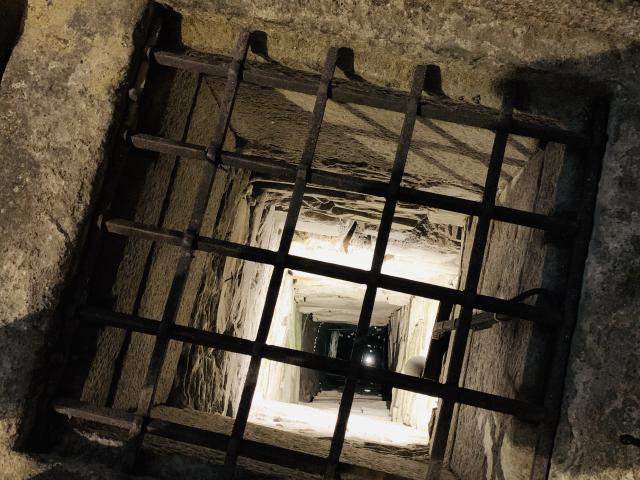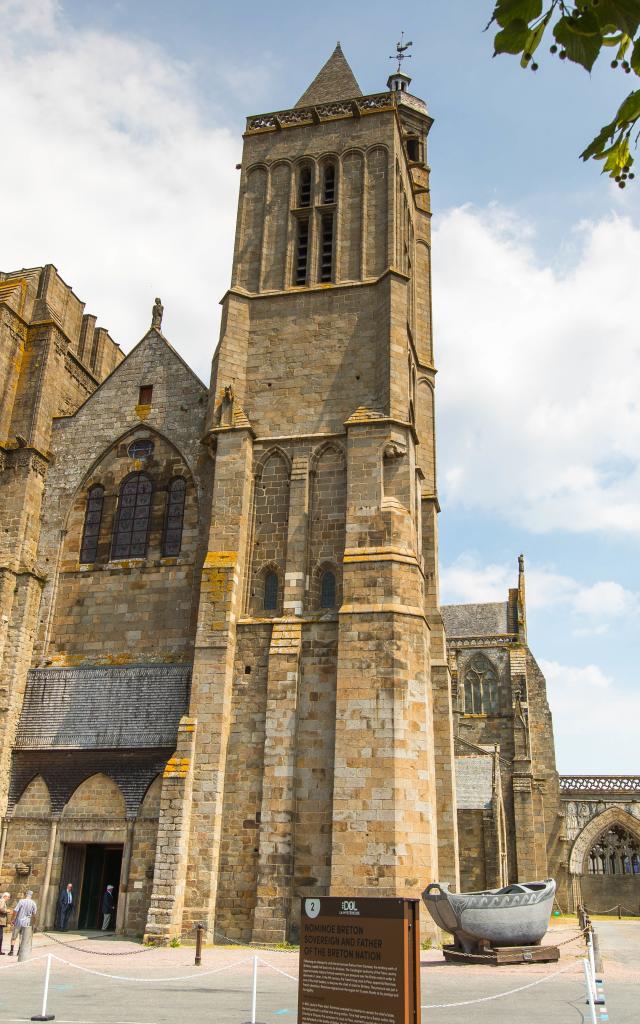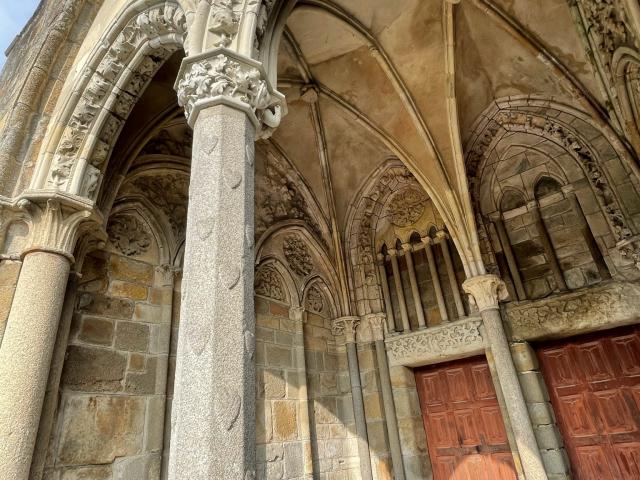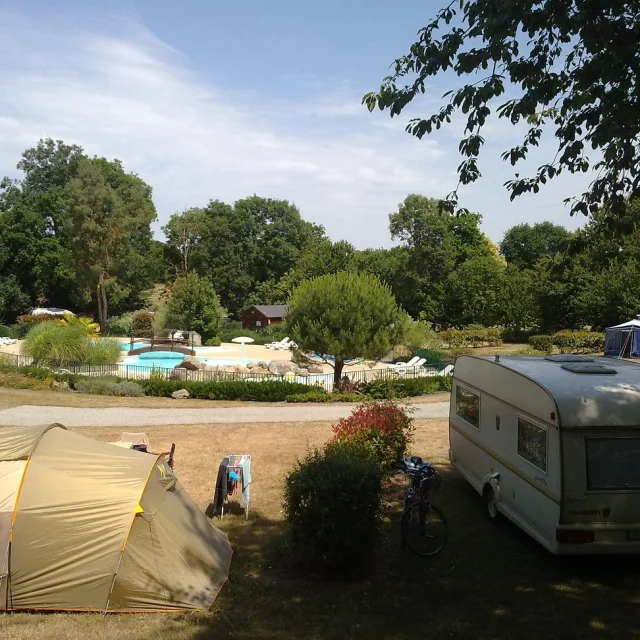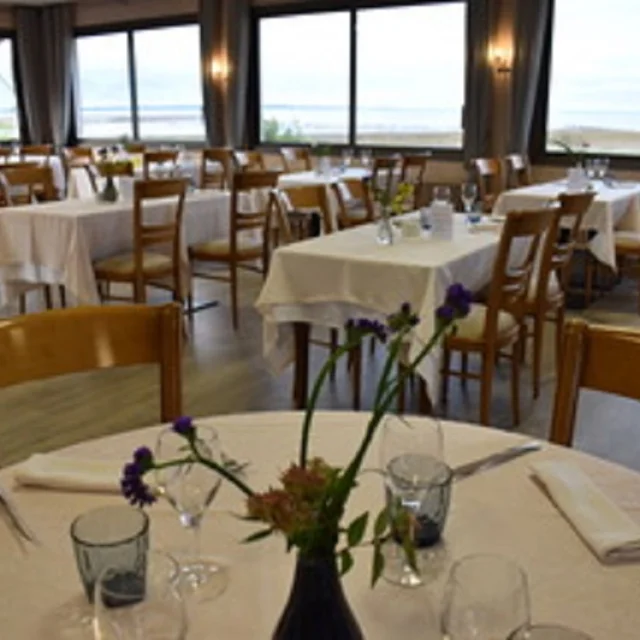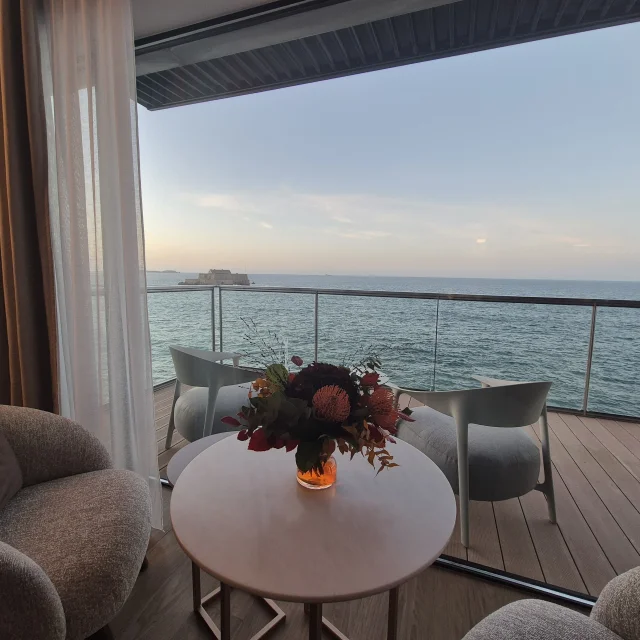But why a cathedral in Dol-de-Bretagne?
Dedicated to Saint-Samson, a monk who arrived via the Guyoult on a granite boat to evangelise Brittany. He was the 1st bishop of Dol and built the original cathedral.
Saint-Samson is one of the 7 saints who came to evangelise Brittany and who can be honoured by doing the Tro Breizh. A walking pilgrimage linking 7 Breton sites (Breton cathedrals) dedicated to their 7 founding saints.
The Cathedral of Saint-Samson is remarkable in every way. Our curiosity drives us to want to unravel its mysteries. When we stand in front of it, our eyes are instinctively directed towards the sky! A feeling of being minuscule in the face of the work and human genius of this construction.
Dating from the Middle Ages, then modified over the following centuries, the Cathedral we see today is an example of the emergence and evolution of the monumental Gothic style with the technical prowess of the time.
We can now begin our quest for mystery: let’s take a seat in Nominoë Square opposite the forecourt and the monumental doorway and have a look!
One question springs directly to mind, the one that everyone is asking, the singularity of this cathedral: why is one of the towers unfinished?
 Cathedrale Saint Samson Dol De Bretagne Simon Bourcier 890
Cathedrale Saint Samson Dol De Bretagne Simon Bourcier 890 Cathedrale Saint Samson Dol De Bretagne Alexandre Lamoureux 988
Cathedrale Saint Samson Dol De Bretagne Alexandre Lamoureux 988




